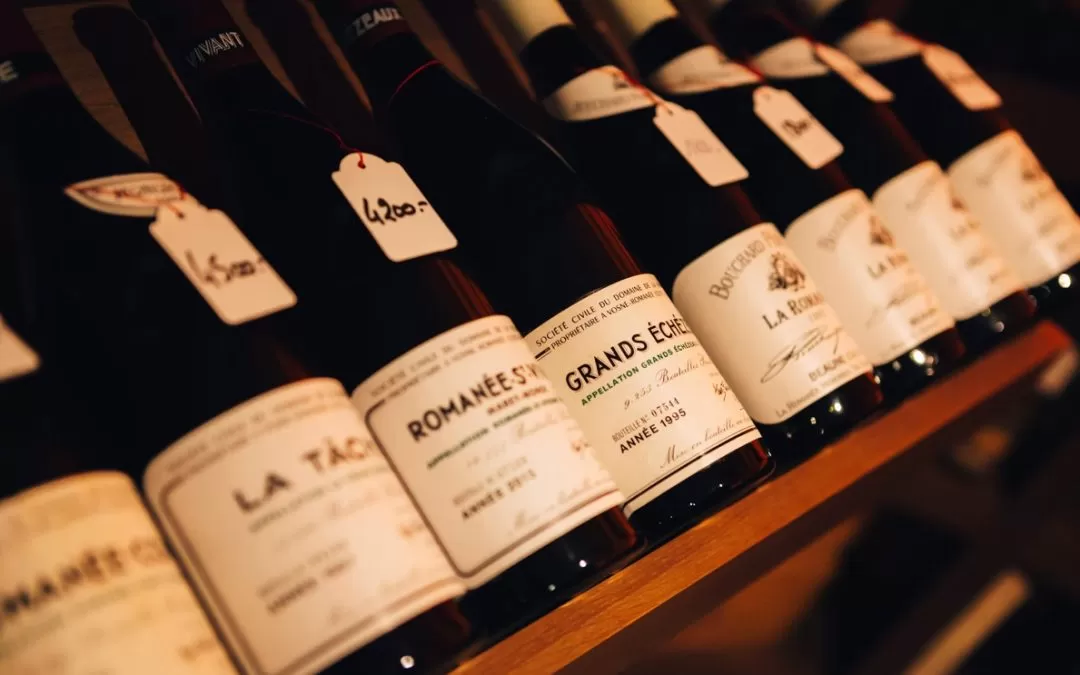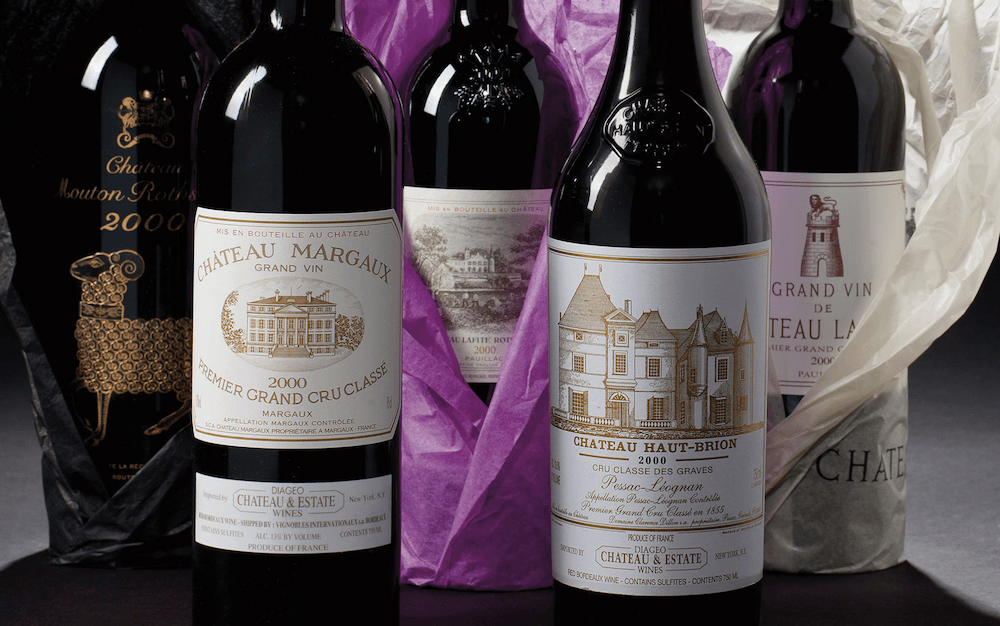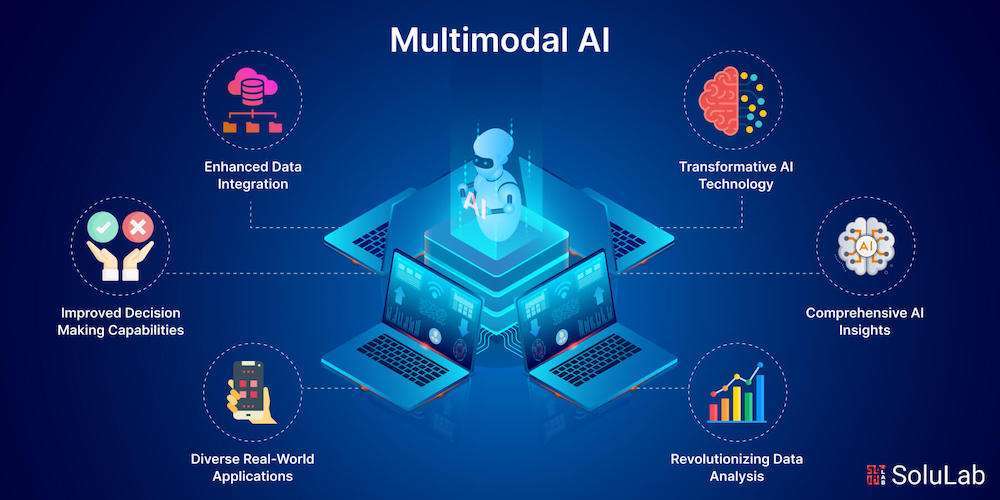How to sell wine online. If you are still operating your ecommerce business the same way you did in years past, you are in danger of being left behind. The beautiful thing is that it is 100 % within your control to implement and none of it is expensive. There are so many other things about making and selling wine that you cannot control. So the following steps will all upgrade your strategy.
The vast majority of wineries use email to send out boring newsletters that very few people read. They then run self-glorifying Facebook and Instagram ads that invite users to “shop now” or “buy now.” These strategies were enough back in the day, but not now, as your ever-shrinking list of unsubscribed (suppressions) testify.
The foundation of the new CMO’ mindset is accepting the truth that people do not come to social media to research products and services to purchase. That is the realm of Google and Amazon. People come to Facebook and Instagram to be entertained and to engage with their friends and family.
But, while they are on their feed wine drinkers WILL engage with wineries “ads” IF those ads entertain, inform, and educate. they are purely the means to capture prospects, willing to subscribe to the new initiatives we shall reveal.
The role of social media
Most people greatly overestimate their ability to convert social media fans & followers into paying customers. If you want to get a good grasp of your selling potential, do not look at the number of fans & followers you have but, instead, look at how many engaged email subscribers you have.
You need to have a vibrant, growing social media presence to build brand awareness and engage with potential customers. But, the SALES will happen mostly via a sound email marketing strategy. This is not an either-or situation but a both-and scenario. So, keep doing whatever is working to leverage your social authority but avoid the trap of thinking your posts are going to move the needle on sales.
Once you accept that your “feeds” provide a very differentiated role in your online marketing efforts from your advertising, you are well on your way to having more sales success. Wineries with small budgets and limited resources are especially vulnerable to this reality. It is easy to waste money on wine ads on social media that do little more than make “noise” on the social feeds of their would-be customers.
The bottom line is a large social media following is nowhere near enough to enjoy sales success.
A frictionless user experience for online wine buyers
The competition for online wine buyers is extremely fierce! And today’s online shoppers are incredibly impatient when it comes to shopping online. Wineries and vintners are large and small must do everything in their power to remove all obstacles to a seamless, efficient shopping and checkout experience.
A great place to start is to improve your site speed. There are three things to consider to make sure your website visitors can see and interact with your content easily:
- Page load time.
- Execution speed of website events you want to track such as button clicks.
- How quickly the browser parses the document and makes it available for user interaction.
A lack of adequate site speed is a huge reason why people bounce off sites. Wine sellers need to monitor their bounce rate fiendishly. Aim for 70 % or less as a good rule of thumb. For more on this topic, Google Analytics provides a great helpful document about site speed here.
The bounce rate is calculated when someone visits a single page on your website and does nothing on that page before leaving. It is quite shocking how few wine retailers monitor this. If you want to sell wine online like a pro in today’s hyper-competitive environment, you simply MUST invest in an SEO tool such as Yoast or SEMRush and learn how to use them.
Since more than half of all your online wine orders will be placed using a mobile device, you must optimise the mobile experience for users. Take the time to visit your site regularly using your mobile device so you can experience it for yourself. Be especially wary of making users click on too many things to get their order placed.
Regarding user experience: please make sure all your email signup form offers as few fields as possible. Every field you add to a form is likely to cut your conversion rate. The best practice is to ask only for the user’s first name and email address. You can always collect other data points as your users interact with your content on an ongoing basis.
Hyper-personalised product selection software
Most people think of “newsletters” and email “blasts” when they think of email marketing strategies. There is so much more to an effective email strategy than this today!
All of your email communications with your subscribers can and must be hyper-personalised. Check out what we mean by hyper-personalisation here. It uses AI machine learning to identify each consumer’s most likely imminent purchase, tailoring product selections to suit what their first-party purchasing data, has allowed to be identified. These are consumers who want to shop with you and want to see what you wish to offer them. It is a much better way to build relationships and trust than to send communications to segmented groups, some of whom may have bought that offering a few days earlier.
The AI machine learning watches every nuance of their visit to your site, as you do, wandering along the isles with them, discussing terrior, grape, chateau, vintage etc, so too does your website. Instead, it puts that unique knowledge to work, populating an email, when their greatest propensity to purchase is identified, called send time optimisation, and as it is completely autonomous, it is perpetual, and never makes mistakes.
Privacy laws around the world prohibit intrusive marketing, where it is not wanted. But the myriad of hyper-personalisation vendors, the distinctions between which are considerable, all have to comply with the most stringer rules and regulations, the primary one being it must be subscribed to, the customer must want to hear from you. That is where hyper-personalisation is most appropriate, as every selection of products is tailored to that individual, which nurtures increased interest in buying from you, as you always know what they want. It is now obvious it is all about relevancy and not loyalty.
Research companies around the world including Forrester, Forbes and McKinsey publish figures illustrating that illustrate that hyper-personalisation delivers 20x the ROI of every other form of marketing combined, that’s how powerful it is.
Hyper-personalisation software can run alongside standard marketing and promotional email software, which it stays clear of. One of the greatest benefits it offers is that is completely autonomous, requiring zero staff input whatsoever, thereby negating both the cost of staff to run and is devoid of errors and omissions.
Finally, purge your cold subscribers
No doubt some of you reading this are going to stiffen up at the thought of intentionally deleting hundreds of “cold subscribers” but please keep reading. This is about quality, not quantity.
The best definition of a “cold subscriber” is someone who has not opened or clicked an email within the last ninety days. Although most sellers prefer to draw the line at 18 months since their last purchase. This is the point we advocate purging them from your database.
Good hyper-personalisation software will do this for you autonomously.





